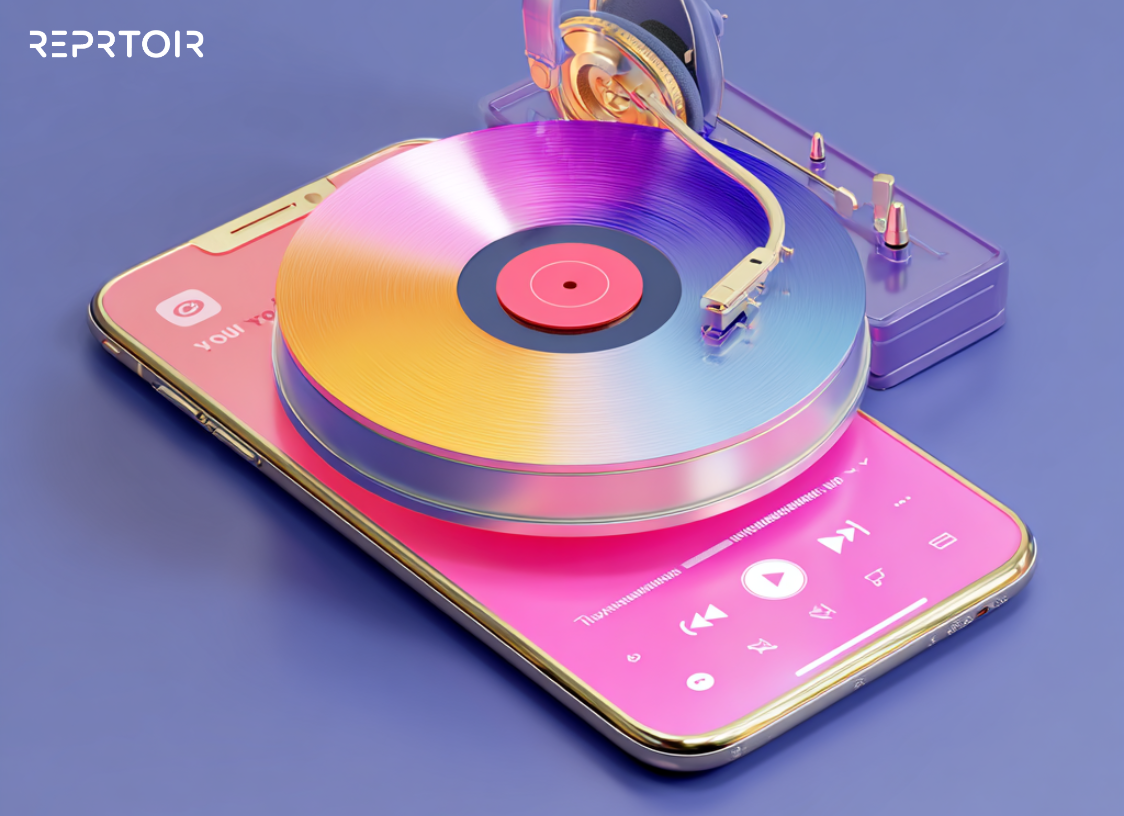In the modern music industry, chasing virality has become almost instinctive. Every platform, from TikTok to Instagram, rewards the next viral snippet, the instant earworm, or the meme-ready hook.
Recent research, however, suggests that while virality can generate massive reach, it does not necessarily build lasting connections. According to MIDiA’s data, many viral tracks attract large audiences but fail to convert listeners into long-term fans.
For artists and labels, the real value lies in cultivating a dedicated, engaged community that follows, supports, and invests in an artist over time.
Why Virality Doesn’t Build Lasting Engagement
Virality is often measured in numbers: views, streams, likes, and shares. It is immediate, visible, and exciting. And for a good reason: a viral moment can propel a song into the global spotlight in hours, driving chart activity and social media buzz.
Yet these metrics are fleeting.
One-hit wonders abound, and viral fame rarely translates into long-term engagement or sustainable revenue. Millions may hear a song, but only a fraction of those listeners will follow the artist’s catalog, attend shows, or purchase merchandise.
And that’s a problem for music businesses.
Fandom as a Long-Term Strategy
Fandom operates differently. It’s less about the moment and more about the relationship between artist and audience. Fans who are part of a dedicated community engage repeatedly, share feedback, and actively participate in the artist’s journey.
NPR’s Tiny Desk performances illustrate this principle. Although these sessions rarely go viral in the traditional sense, the artists featured often experience deeper audience engagement, sustained growth, and measurable influence on streaming numbers.
Building Communities Across Platforms
Building fandom requires intentionality. Social media strategies shift from one-off viral posts to ongoing storytelling.
Artists share behind-the-scenes content, interact with fans through live sessions or Q&As, and build communities on Discord, Patreon, or niche forums, where audiences feel seen and valued.
Music Business Worldwide notes that artists focusing on fan retention and engagement rather than quick hits see steadier growth and more reliable revenue streams.
The shift to fandom also changes how success is measured. Instead of streams and shares, industry professionals increasingly track engagement depth, such as repeat listens, active participation, and community growth.
Metrics like subscriber retention, comments per post, and direct fan interactions are just as critical as reach numbers.
Creativity and Fandom
Fandom-oriented strategies actively build creativity. When artists have a receptive, engaged audience, they gain the freedom to experiment with new sounds, visuals, and storytelling techniques without being constrained by the pressure of chasing trends or algorithmic approval.
Viral content often rewards predictability and short-form hooks, but niche communities value authenticity, innovation, and personal connection. This dynamic allows artists to explore ambitious projects, refine their craft, and push boundaries in ways that resonate deeply with listeners.
The result is a more vibrant creative ecosystem where music feels meaningful, fans feel invested, and artistic growth is sustainable rather than fleeting.
Balancing Virality and Fandom
Virality remains important in modern music strategy. A viral moment can bring immense exposure, introduce new audiences, and provide cultural relevance.
Yet relying on virality alone is risky. Artists and labels who integrate viral success with deeper community-building create more sustainable growth.
Here are some things to consider:
1. Viral Moments as a Gateway
Viral success works best as a gateway rather than an endpoint. A popular song on TikTok or Instagram can expose an artist to audiences who may not have discovered their music. These viral bursts can also generate press coverage, playlist placements, and social buzz that amplify reach.
However, without a strategy to retain these new listeners, the impact of virality is often short-lived.
2. Converting Attention into Fandom
The key is converting viral attention into long-term engagement. Artists who actively nurture these new audiences, through social media interactions, live streams, newsletters, or fan platforms like Patreon or Discord, can turn casual listeners into dedicated fans.
With consistent value, behind-the-scenes insights, and interactive experiences, artists create meaningful relationships that extend beyond a single viral hit.
3. Integrating Visibility and Depth
Balancing virality and fandom requires thoughtful integration. Short-term visibility from viral content should feed long-term depth within fan communities.
For example, a viral TikTok clip might spark curiosity, but supporting it with additional content, personalized interactions, and opportunities for fans to participate in the creative process ensures sustained engagement.
4. Strategic Takeaways
In practice, the most successful music strategies blend both approaches. Viral moments capture attention quickly, but fandom-driven engagement ensures that audience growth translates into measurable career benefits.
By treating virality as a path to deeper connections, artists and labels can achieve both short-term impact and long-term sustainability.
Conclusion
Virality can bring exposure, but it rarely builds lasting engagement. True success comes from fandom, dedicated communities that follow, support, and invest in an artist over time.
Artists and labels who balance viral moments with intentional community-building can convert casual listeners into loyal fans, foster creativity, and create sustainable growth. And in today’s music landscape, depth matters more than breadth.
At Reprtoir, we can grow your music business with an all-in-one workspace for record labels and music. Find out more today.










